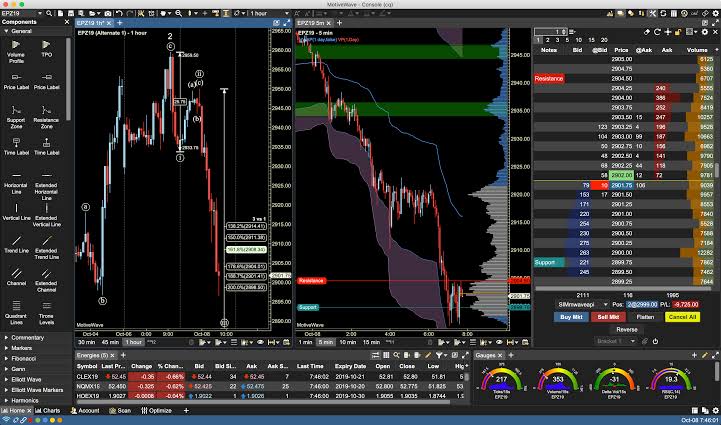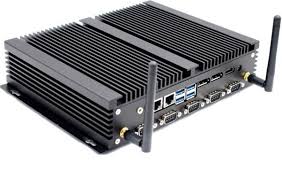Selecting the right trading software is a critical decision for Registered Investment Advisors (RIAs) aiming to optimize portfolio management and execution processes. The features embedded in trading software play a pivotal role in determining the efficiency, accuracy, and overall effectiveness of an RIA’s trading operations. This exploration will delve into five essential features that RIAs should consider when evaluating trading software, ensuring that the chosen platform aligns seamlessly with the unique needs and goals of their advisory business.
Comprehensive Order Management Capabilities:
Robust trading software should offer comprehensive order management capabilities to streamline the entire order lifecycle. This includes features such as order creation, routing, and execution. The ability to easily manage and track orders through various stages ensures accuracy and minimizes the risk of errors. Look for software that provides real-time visibility into order status, allowing RIAs to monitor trades and react promptly to market changes. Additionally, the software should support the customization of order parameters, enabling RIAs to implement specific trading strategies and adhere to client preferences with precision.
Advanced Trading Analytics and Reporting Tools:
When selecting trading software for Registered Investment Advisors (RIAs), it’s crucial to prioritize advanced trading analytics and reporting tools. These integral features empower RIAs with comprehensive insights into market trends, portfolio performance, and risk analysis, enabling informed decision-making. Leading RIA trading platforms offer a robust suite of analytical tools, ensuring advisors can assess and optimize their clients’ investment strategies with precision. By leveraging these advanced analytics and reporting capabilities, RIAs can streamline their workflow, enhance transparency, and provide clients with a thorough understanding of their investment portfolios. In the dynamic landscape of financial markets, the incorporation of trading platforms equipped with such sophisticated tools becomes pivotal for success in wealth management.
Integration with Market Data and Research Platforms:
Seamless integration with market data and research platforms is a fundamental feature of trading software in RIAs. The ability to access real-time market data, news, and research insights directly within the trading platform enhances the speed and accuracy of decision-making. Integration with external research tools ensures that RIAs can stay well-informed about market developments and leverage timely information to adjust portfolios or execute trades. This feature not only contributes to a more efficient trading process but also positions the RIA to capitalize on market opportunities and adapt to dynamic market conditions.
Customizable Compliance and Risk Management Tools:
Compliance is an essential component for registered investment advisors (RIAs), and trading software needs to have capabilities that can be customized to help compliance with regulatory standards. Keep an eye out for tools that enable RIAs to establish and monitor compliance guidelines, automating tests for trade appropriateness and other regulatory issues. When it comes to recognizing, evaluating, and managing the possible risks that are involved with trading, strong risk management solutions are very necessary. Real estate investment advisors (RIAs) are able to manage risks proactively. Protect client portfolios and remain in compliance with industry laws when they have the option to tailor risk criteria and get real-time notifications.
User-Friendly Interface with Accessibility Features:
The user interface of trading software significantly impacts the user experience for RIAs. Choose software with an intuitive and user-friendly interface that facilitates efficient navigation and execution. Accessibility features, such as customizable dashboards, easy-to-use order entry screens, and a responsive design, contribute to a smoother and more productive workflow. Mobile compatibility is also crucial, allowing RIAs to access and manage trades on the go. A user-friendly interface not only enhances operational efficiency but also reduces the learning curve for new users, ensuring that the entire RIA team can effectively utilize the trading software.
Conclusion:
Selecting trading software for RIAs is a strategic decision that directly influences the effectiveness and efficiency of their trading operations. The features outlined – comprehensive order management, advanced trading analytics, integration with market data and research platforms, customizable compliance and risk management tools, and a user-friendly interface with accessibility features – collectively contribute to a robust trading platform. By prioritizing these features, RIAs can align their trading software with the specific needs and goals of their advisory business, ensuring that the chosen platform enhances decision-making, minimizes risks, and optimizes the overall trading process. As technology continues to evolve, RIAs must strategically leverage these features to stay competitive and deliver exceptional value to their clients.











